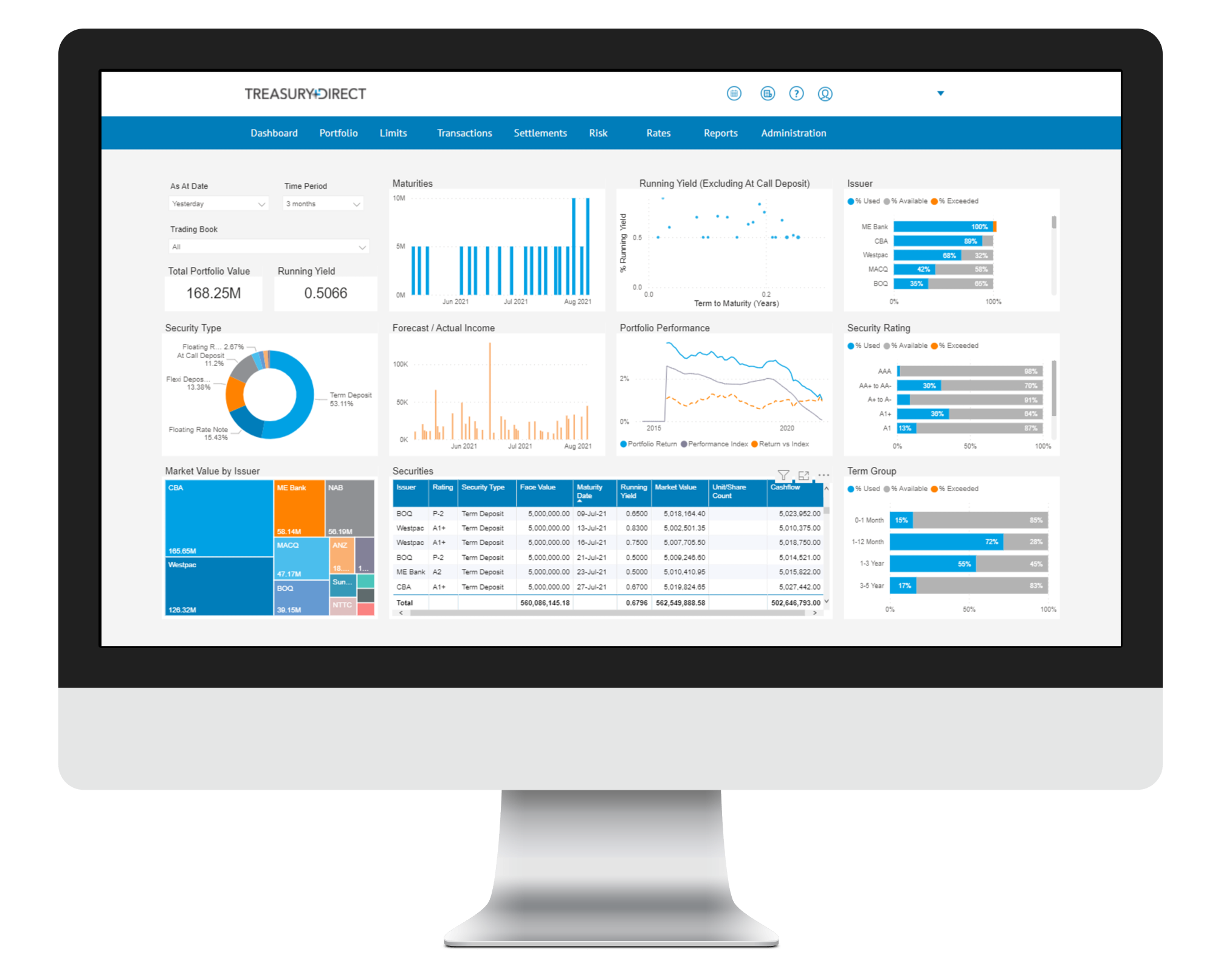Markets Overview
- ASX SPI 200 futures little changed at 8,237.00
- Dow Average down 0.6% to 42,114.40
- Aussie down 0.3% to 0.6622 per US$
- US 10-year yield rose 2.8bps to 4.2399%
- Australia 3-year bond yield fell 3 bps to 3.91%
- Australia 10-year bond yield fell 4 bps to 4.41%
- Gold spot up 0.4% to $2,747.56
- Brent futures up 2.2% to $76.05/bbl
Economic Events
- 11:00: (AU) Australia to Sell A$700 Million 2.75% 2028 Bonds
A rally in stocks faded as banks dragged down the broader market despite gains in tech shares. Bitcoin slumped after a news report that federal investigators are probing cryptocurrency firm Tether.
The S&P 500 closed little changed after climbing almost 1%. Banks got hit as New York Community Bancorp tumbled 8.3% on a weaker outlook. Goldman Sachs Group Inc. dropped 2.3% and JPMorgan Chase & Co. lost 1.2%. Crypto shares sank as the Wall Street Journal said the US is investigating Tether for possible violations of sanctions and anti-money-laundering rules. A gauge of the “Magnificent Seven” megacaps notched its best back-to-back jump since February. Treasuries wrapped up a tumultuous week with small moves as caution prevailed ahead of key events.
As the earnings season rolled in, traders also braced for the US presidential election and key economic data — including next week’s jobs report — for clues on the scope for Federal Reserve rate cuts.
“Investors are still very cautious as we approach a pivotal couple of weeks,” said Henry Allen at Deutsche Bank. “So there’s been a reluctance to push the rally much further before we get some clarity on those, all of which will play a crucial role in shaping the outlook as we move into next year.”
The S&P 500 saw its first down week since early September. The Nasdaq 100 added 0.6% Friday. The Dow Jones Industrial Average fell 0.6%. The KBW Bank Index dropped 1.4%. A gauge of the “Magnificent Seven” rose 1.3%.
Bitcoin fell 2%. Treasury 10-year yields rose three basis points to 4.24%. Oil climbed as traders kept an eye on the risk of escalation in the Middle East conflict and a deluge of other potentially pivotal market drivers.
Treasury traders are wrapping up a wild week in which a gauge of bond-market volatility soared to a new high for the year, suggesting more upheaval to come.
The severity of this week’s back and forth suggests even greater volatility in coming days, when the US bond market must weather a myriad of events — from key jobs data, to the US election, to a meeting by the Fed. The ICE BofA Move Index, which tracks expected swings in Treasuries in the coming month, climbed to the highest level this year on Tuesday.
October’s jobs report will likely register the first negative payroll print in about four years, according to Anna Wong at Bloomberg Economics. While analysts may discount the weakness due to transitory weather effects, she says cyclical factors will also play a substantial role.
“We look for a downshift in payroll growth to 120,000 in October and a steady unemployment rate,” said BNP Paribas economists. “We expect Fed officials to look through the weak number given negative storm and strike effects.”
“If the report proves surprisingly strong on all key dimensions though, we expect it would add to murmurs of a Fed pause as early as December. Even so, a near-term pivot could prove difficult given inflation progress and the consensus Fed view that policy rates are still restrictive,” they said.

